Sun Bear
- January 10, 2024
- 0 comment
The sun bear, scientifically known as Helarctos malayanus, is a captivating and unique species that resides in the dense rainforests of Southeast Asia. Despite being the smallest bear in the Ursidae family, it boasts distinctive features that set it apart. With sleek black fur and a golden crescent-shaped mark on its chest, the sun bear is instantly recognizable. Typically weighing between 60 to 145 pounds, these bears navigate their native habitats from Myanmar to Borneo, adapting to diverse ecosystems and displaying a preference for lush, vegetation-rich areas.
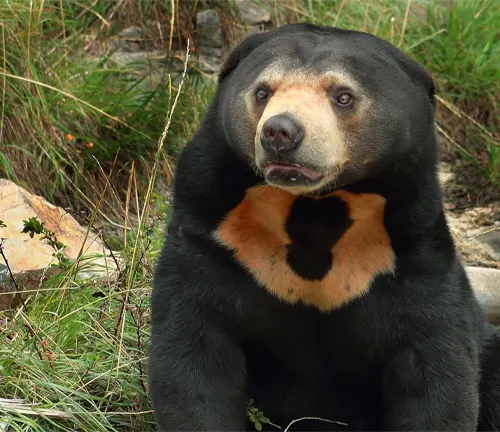
Known for their diverse diet encompassing fruits, insects, small mammals, and honey, sun bears utilize their long tongues with precision in extracting insects from tree bark. Contrary to some of their bear relatives, sun bears are largely solitary and nocturnal, adding an air of mystery to their behavior. Mating rituals involve intricate displays, leading to the birth of a single cub after a gestation period of 95 to 165 days. Unfortunately, sun bears face significant threats, including habitat loss due to deforestation and illegal wildlife trade. Conservation efforts are underway to protect these bears, emphasizing the importance of sustainable coexistence between humans and this remarkable species. The sun bear, with its symbolic significance in various cultures and its vital role in maintaining biodiversity, remains an enchanting and vulnerable part of our natural world.
| Characteristic | Details |
|---|---|
| Scientific Name | Helarctos malayanus |
| Size | 60 to 145 pounds |
| Distinctive Markings | Golden crescent-shaped mark on the chest |
| Fur Color | Sleek black |
| Habitat | Dense rainforests of Southeast Asia |
| Native Range | From Myanmar to Borneo |
| Diet | Fruits, insects, small mammals, and honey |
| Behavior | Mostly solitary, nocturnal tendencies |
| Reproduction | Mating rituals, gestation period of 95 to 165 days |
| Conservation Status | Vulnerable on the IUCN Red List |
| Threats | Habitat loss, poaching, illegal wildlife trade |
| Conservation Efforts | Various organizations engaged in protection and education |
| Cultural Significance | Symbolic importance in various cultures |
| Role in Ecosystem | Maintains ecological balance by controlling insect populations and dispersing seeds |
| Average Lifespan | Around 25 years in the wild |
Unveiling the Secrets of the Smallest Bear
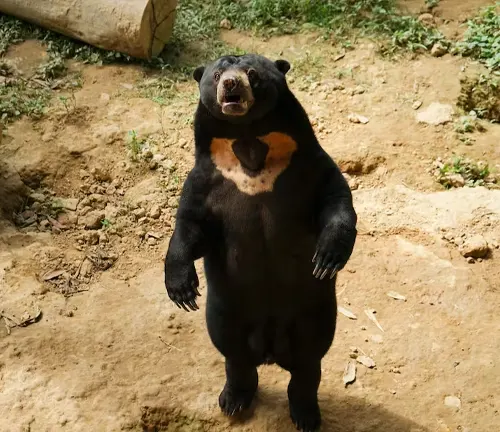
Nestled within the dense rainforests of Southeast Asia, the sun bear (Helarctos malayanus) stands as a captivating testament to the diversity of the animal kingdom. Despite being the smallest bear species, the sun bear boasts unique characteristics that make it a subject of both fascination and concern. In this article, we’ll delve into the physical attributes, habitat, behaviors, and conservation challenges faced by the sun bear.
Physical Characteristics
The sun bear, with its sleek black fur and distinct golden crescent-shaped chest mark, is instantly recognizable. This diminutive bear species typically weighs between 60 to 145 pounds, making it the smallest member of the Ursidae family.

Habitat and Distribution
This elusive creature finds solace in the dense, tropical rainforests of Southeast Asia. Ranging from Myanmar to Borneo, sun bears have adapted to a variety of ecosystems, showing a preference for areas rich in vegetation and abundant food sources.

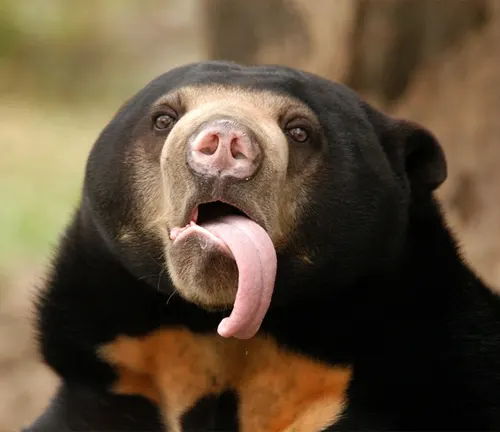
Dietary Habits
The sun bear’s diet is diverse, encompassing fruits, insects, small mammals, and honey. Equipped with a long, versatile tongue, they extract insects from tree bark with remarkable precision.
Behavioral Patterns
Contrary to their imposing bear relatives, sun bears exhibit a more solitary and nocturnal lifestyle. Their nocturnal tendencies contribute to their elusive nature, making them challenging to study in the wild.
Reproductive Process
Mating rituals among sun bears are intricate, involving elaborate displays and vocalizations. After a gestation period of about 95 to 165 days, a female sun bear gives birth to a single cub, occasionally twins.

Conservation Status
Despite their unique charm, sun bears face numerous threats, including habitat loss and poaching. Conservation organizations worldwide are actively engaged in efforts to protect this vulnerable species.
Human-Sun Bear Interactions
Throughout history, sun bears have held cultural significance in various communities. However, increasing human-wildlife conflicts highlight the need for sustainable coexistence.
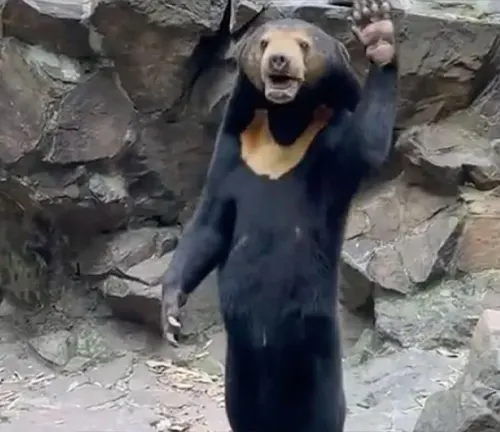
Cultural Perspectives
In many cultures, sun bears are symbols of strength, resilience, and harmony with nature. Folklore often depicts them as guardians of the forest, emphasizing their vital role in maintaining ecological balance.
Unique Adaptations
Sun bears have evolved unique physical and behavioral adaptations, such as their keen sense of smell and strong claws, enabling them to thrive in their challenging environments.
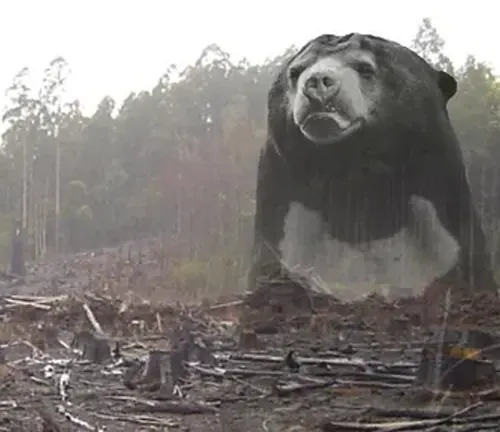
Threats to Sun Bear Population
Deforestation, driven by human activities, poses a severe threat to sun bear populations. Additionally, the illegal wildlife trade further endangers these bears, as they are sought after for their body parts and bile.
Conservation Organizations
Organizations like the Sun Bear Conservation Centre in Borneo and the Wildlife Conservation Society play pivotal roles in protecting sun bears. Collaborative efforts involve habitat preservation, anti-poaching measures, and community education.
Frequently Asked Questions (FAQs)
- What is the lifespan of a sun bear in the wild?
Sun bears typically live around 25 years in the wild, though their lifespan can be shorter due to various factors such as habitat threats and poaching. - Do sun bears live in groups or are they solitary animals?
Sun bears are mostly solitary animals, and adults are often found alone. However, there have been observations of mothers with cubs and occasional social interactions. - How do sun bears communicate with each other?
Sun bears communicate using vocalizations, body language, and scent marking. They produce various sounds like barks, moans, and grunts for different purposes, including mating and warning calls. - What is the significance of the chest mark on sun bears?
The crescent-shaped chest mark on sun bears is unique to each individual and is often used for identification. Its exact purpose in terms of communication or behavior is not entirely understood. - Are sun bears endangered, and what is their conservation status?
Yes, sun bears are classified as vulnerable on the International Union for Conservation of Nature (IUCN) Red List due to habitat loss, poaching, and illegal wildlife trade. - Do sun bears swim?
Sun bears are known to be good swimmers. They use water for various purposes, such as cooling off, foraging for aquatic food, and sometimes just for play. - How much does a sun bear cub weigh at birth?
Sun bear cubs typically weigh around 300 to 400 grams at birth, and they are born blind and hairless. - What is the role of sun bears in the ecosystem?
Sun bears play a crucial role in maintaining ecological balance by controlling insect populations, dispersing seeds, and influencing vegetation through their foraging habits. - Are there any myths or legends associated with sun bears?
Some indigenous cultures consider sun bears as symbols of strength and wisdom, with folklore attributing various spiritual meanings to these bears. - How far can sun bears travel in search of food?
Sun bears have relatively large home ranges, and their travel distance can vary based on food availability. They may cover several kilometers in search of fruits, insects, and other food sources. - Are there any efforts to reintroduce sun bears into their natural habitats?
Some conservation organizations are involved in rehabilitation and reintroduction programs for sun bears rescued from illegal wildlife trade or captivity. These efforts aim to give them a chance to return to the wild. - Do sun bears have any natural predators?
While adult sun bears do not have many natural predators, they may face threats from large carnivores like tigers and leopards. However, the primary dangers to sun bears are human-related, such as habitat destruction and poaching.


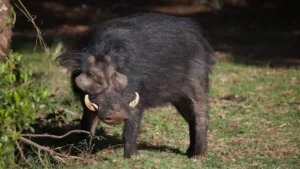


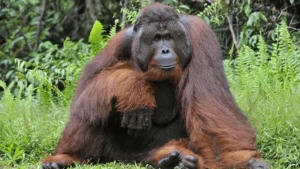
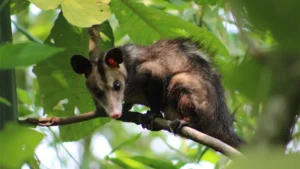

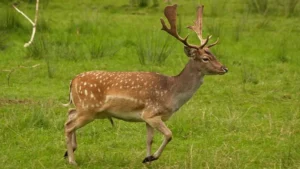
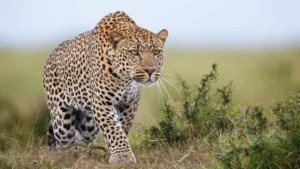




Leave your comment